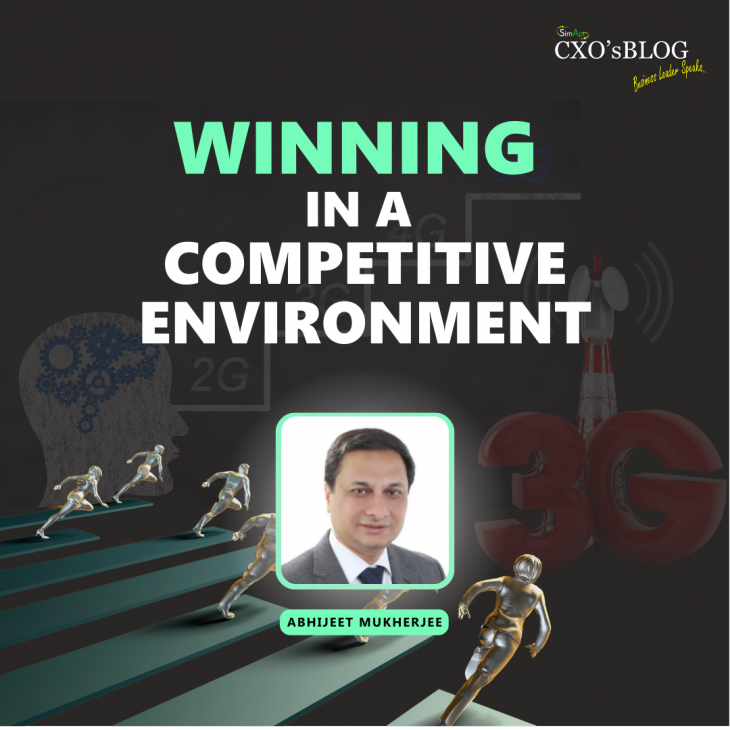Author: Abhijeet Mukherjee
Designed and implemented a sharply focussed, differentiated Sales & Marketing Strategy to win in the fiercely competitive telecom market of Delhi NCR and turned the business EBIDTA positive
It was year 2013, when I was handed the assignment to turnround Aircel’s 2nd largest revenue circle of Delhi NCR in India.
Telecom business in India was fiercely competitive with 8 telecom service providers in Delhi NCR at that time. We were the newest in the block with about 3% revenue market share but were making EBIDTA losses every month. Moreover, the revenue growth had remained stagnant for the preceding 12 months.
Being a metro circle, data plans and smartphones were beginning to become popular. Most competitors had data spectrum (3G) while we were still on 2G. Also, we had almost half the number of telecom towers than competition which meant that we had half their coverage. Additionally, we were the only operators on 1800 MHZ spectrum compared to 900 MHZ of competition which meant that we required an additional 1.6 times investment in towers to match competition in terms of their coverage.
Competition also had deep pockets to invest in sales & marketing … either in passing discounts to their customers or in ATL. However, almost all the companies had similar priced products for their consumers since intense competition had bought the overall price down to bare minimum. (Predominantly the market was prepaid (almost 90%))
Strategy & Implementation
As a company we decided to focus on our circle of influence i.e. on things which we could control. Delhi NCR being a major metro city had 30k to 40K persons coming to city daily looking for jobs from the neighbouring states of UP, Rajasthan, Haryana, Bihar and Bengal. We identified these” migrants” as our key customer segment and found out that they lived in approx. 235 clusters in the entire city. These migrants predominantly used their phones to call back their families residing in the neighbouring states. So “cheap voice plans” and “STD rates” were important for them.
We decided to focus on this customer segment. All our investments in towers etc now started getting into these clusters. Low utilized towers from other places were relocated to these clusters. We doubled the number of distributors in these clusters and appointed key retailers who were called “Aircel Preferred Partners” as our Brand Ambassadors to sell the prepaid plans. Special programs were launched to engage with these APPs. New ‘STD” focussed packs were launched keeping in view our customers’ usage profile and these were promoted through BTL activities. We started communicated with these migrants in their local language.
Result:
We because “SOGA” leaders (share of Gross Adds) in the circle and doubled our customer acquisition rate to almost 4.5 lacs / month. We also improved the quality of our acquisition through smart use of incentive plans and schemes for our distributor and retailers. Our revenues started growing month on month and soon we became EBIDTA positive. Not only did we receive the “Best Performing Circle Award within Aircel” but we were also recognised by the industry with the Telecom Leadership Award as the fastest growing Telecom Service Provider in Delhi NCR for 3 consecutive years.
Learnings
- We were able to differentiate a “commodity” product (prepaid plan) by superior execution on ground in a fiercely competitive environment
- We were able to win despite having severe network and other budgetary constraints (no data spectrum, half the number of towers compared to competition, no budgets for ATL and comparatively low BTL budgets, less budgets to attract talent etc). We focussed on things which we could change
- Finally winning starts by winning in the mind first – a great strategy executed along with great processes and people – these made all the difference
